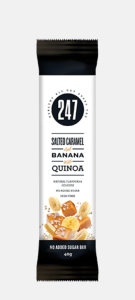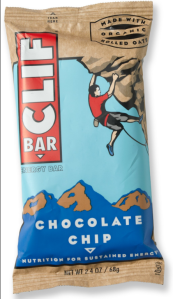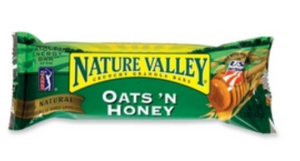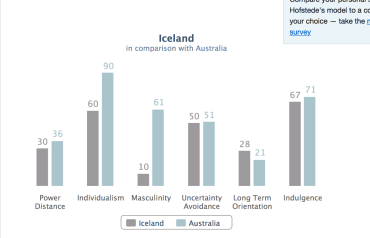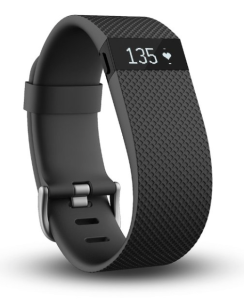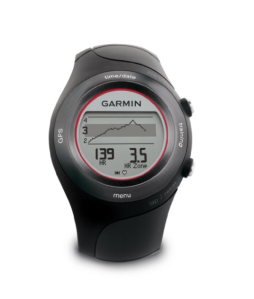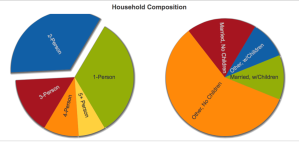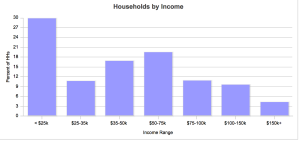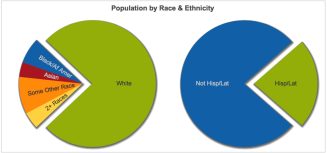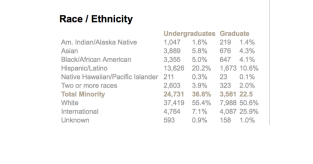This week, my second last week of posting for marketing 402, we looked at the Benetton; An Italian fashion brand with somewhat controversial advertising tactics. My task was to interview 4 of my friends that are not in 402…a tough task in itself.
I have briefly described my friends before writing their responses to the given questions:
- “1. Are you familiar with Benetton?
- If yes, what do you know about the brand?
- If yes, how do you feel about the brand?
- [show a few of the print ads from our case study, observe your friend reaction]
- What do these ads say to you?”
Friend one: Is a very liberal, young, life-loving individual.
In response to “Are you familiar with Benetton?” I was met with a loud ‘NO, but tell me about them/it’. I continued not by explaining what they did but just showing some of the advertisements they have released. Friend 1 responded with, “this is pretty cool.” So although friend 1 did not burst into lengthy discussion about the advertisements, I think she revealed that not all people are offended by Benetton’s advertising.
Friend 2: Friend two is a very smart individual who was formally a student-athlete and is now at medical school…she also happens to be my girlfriend.
Like friend 1, friend 2 also had no idea who/what Benetton is. As she is currently out of state, I sent her images of some of the advertisements that Benetton has used. I received a somewhat confused response. Friend 2 said that the advertisements were ‘very bold and are somewhat controversial, why do you need to know about this again?’ So… other than knowing that I should have explained what I was doing first, friend 2 revealed the presumptions that Benetton’s advertisements are controversial is accurate.
Friend 3: Great guy, from the south… a ‘mans man’
Have you ever herd of Benetton? ‘No’. Proceed to pulling up pictures of ad campaigns… I let him take a look. His response was simple and straight forward, “I would never buy stuff from them…can we drink beer now?’
Friend 4: Foreign, teammate, very new to U.S. culture…but this shouldn’t affect his opinion of Benetton?
In response to whether he has herd of Benetton or not he said, ‘yeah, I have herd good things’. He didn’t really know much about the brand though. After I showed him the images he said that their ad campaigns seemed ‘daring’ as if they were trying to cause trouble.
Now that we are done hearing about what my friends think of Benetton, here is a little about what I think…because that is what is important.
I had no idea who Benetton was heading into Tuesdays class, however; after reading the article sent out and listing to what other people had to say about him I was able to generate my own, very basic, opinion of the brand. I think that what they are doing is great! The pot need to be mixed every once in a while, sure they went against normal advertising strategies, but hey if you always go with the flow it can be hard to make a name for yourself. Sure some of the images are graphic and political but if that is what the owner of the business wants to portray in his advertising campaigns, if that is where the company places its values then who are we to judge them for it. I am very much believe that everyone is entitled to their own opinion, some people just have higher platforms to display these opinions. Benetton could be accused of trying to impose their opinion on others, but I feel that if you are not strong enough to handle someone else’s opinion on something then perhaps you haven’t done enough homework on the situation.
